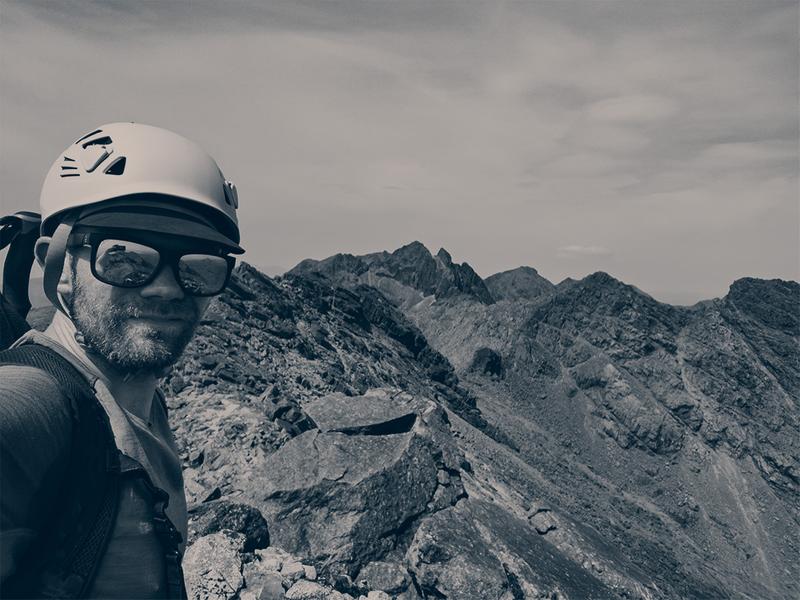
$ whoami
Dr Daniel Williams
I’m Daniel Williams, and I'm an astronomer working to detect and analyse gravitational waves from colliding black holes and neutron stars.
The death knells of the Universe's strangest objects
My research centres around colliding black holes and neutron stars. These are the remnants of stars which have reached the ends of their lives as supernovae. When two of these collide (which is a surprisingly frequent occurence in the Universe!) they produce some of the largest explosions in the known Universe, and the energy which they produce distorts the geometry of the Universe, producing gravitational waves which can be detected on Earth.
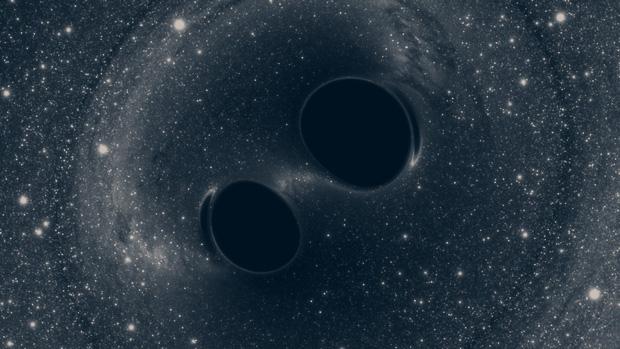
Image of two inspiralling black holes by Simulating eXtreme Spacetimes.
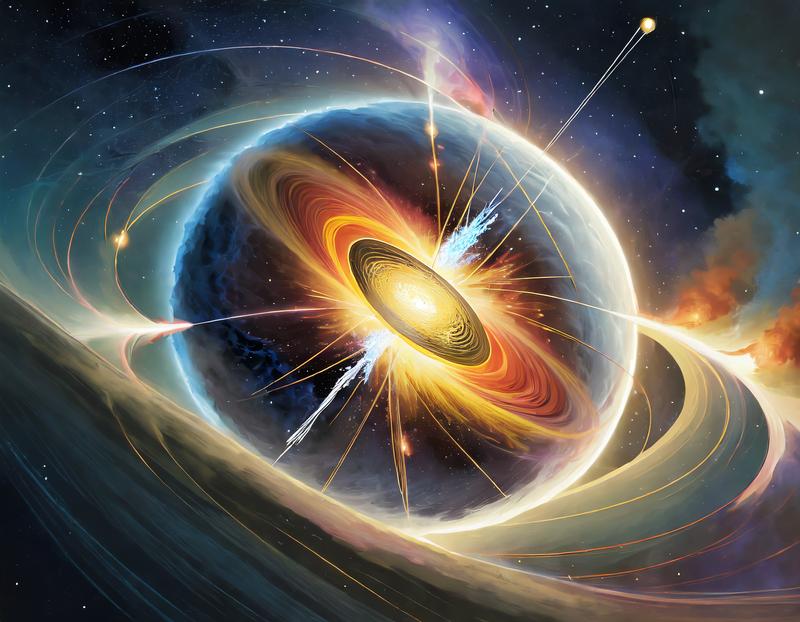
Unlocking mysteries from the final spirals
Black holes and neutron stars often exist as pairs, which we call binaries.
In 1915 Albert Einstein's General Theory of Relativity changed our understanding of how the force of gravity worked througout the Universe, and predicted that orbits decay slowly over time. As the orbit decays energy is radiated away in the form or gravitational waves. In the last decade new frontiers in astronomy have been opened-up by our ability to observe gravitational waves.
The special circumstances which exist in a binary containing black holes or neutron stars make observing the decay of these orbits possible with our current technology, and we are currently able to observe the very end of these orbits, just before the two objects collide with each other, as well as the collisions. We can work backwards from the signal we receive in the gravitational wave to better understand the system which generated it.
Understanding faint whispers
The signals which we can measure on Earth are extremely weak, and to decypher the information they contain we need an excellent understanding of the way those signals were produced.
The computations for this are incredibly complicated, and we instead rely on finding ways to approximate the underlying physics which we can then perform computation on in a more straightforward manner.
One thread of my research is developing and improving these approximation methods, and trying to ensure that we have a good understanding of where the approximations break-down and fail to represent the true physics faithfully.
Read more about this project ⟩⟩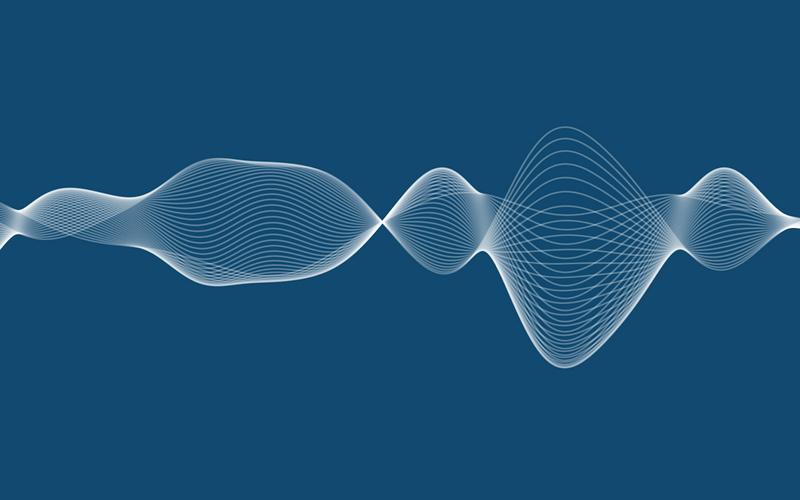
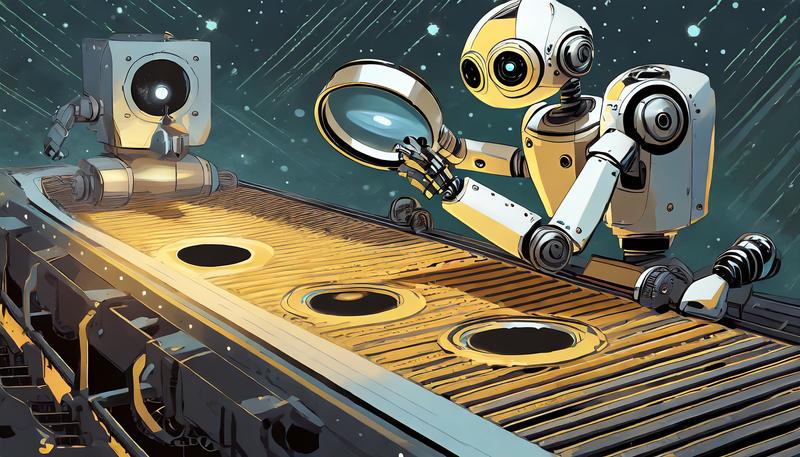
Analysis at Scale
I have pioneered techniques for performing these analyses, and performing these at scale. Every year technological developments make gravitational wave detectors more sensitive, allowing us to make more detections, and within the decade ground-based detectors will make many detections every day.
My work allows us to perform these analyses faster, manage them more easily, and allow us to get as much information as we can from our data as efficiently as possible, allowing the astronomy community to focus on the results of our analyses as quickly as possible. I have developed a software tool called asimov which is used extensively within the gravitational wave community to orchestrate these large and complex analyses.
Read more about this project ⟩⟩Making science a better place for scientists
I believe that everyone who works in science should be able to work comfortably and with dignity.
I'm an advocate for greater diversity throughout science, especially gravitational wave science.
I'm the chair of the Diversity, Equity, and Inclusion committee for the LIGO Scientific Collaboration, and I chair the Gravity Allies who aim to provide a safe space and fight against harrasment in science. I also believe in making strong communities in science and academia, and founded the University of Glasgow's College of Science and Engineering Postdoctoral Researcher Network.
